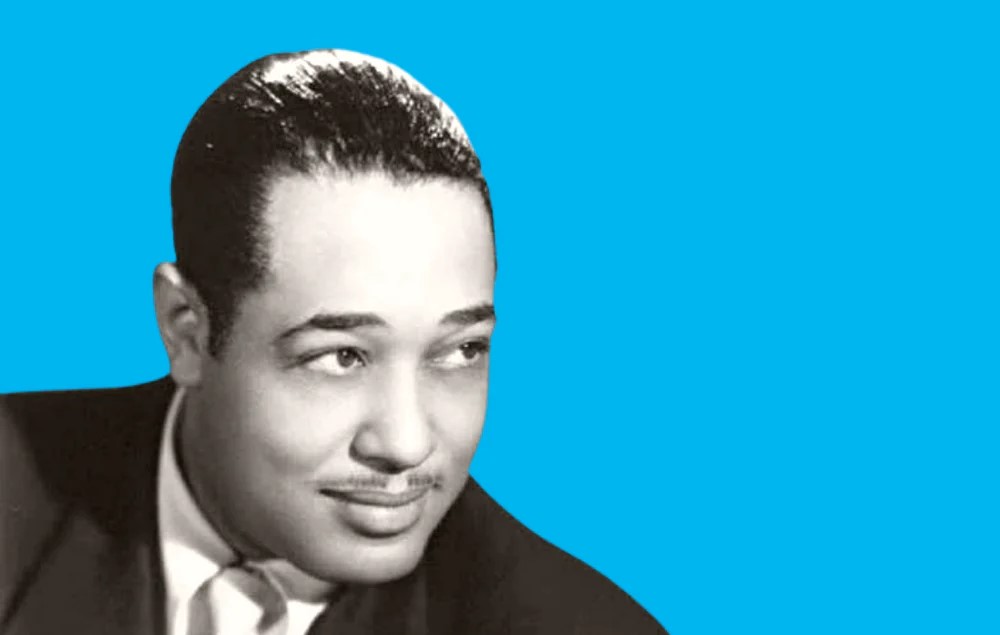The Duke of Jazz: Who is Duke Ellington?
Jazz music is a product of intelligence. But the difference between jazz and other music is that it has an improvised flow of excitement guided by intelligence and mastery. Duke Ellington is one of the jazz musicians who best reflects this to the listener and one of those who wrote the history of jazz.

He conducted a jazz orchestra for more than 50 years, from 1923 until his death. He called the style of his music "American Music" rather than jazz.
The nickname of the jazz musician, whose real name is Edward Kennedy Ellington, was Duke, given by his friend in his youth. He received the nickname "Duke" because of his personality, which is fond of aesthetics but favors simplicity. In addition to being a pianist, he came to the fore as a composer and jazz orchestra conductor.
Jazz music is a product of intelligence. But the difference between jazz and other music is that it has an improvised flow of excitement guided by intelligence and mastery. Duke Ellington is one of the jazz musicians and writers of jazz history who reflects this to the audience best.
Edward Kennedy "Duke" Ellington (April 29, 1899 – May 24, 1974) was an American jazz pianist, composer, and leader of his eponymous jazz orchestra from 1923 through the rest of his life.
The pianist, who was born in Washington DC in 1899, wrote his first composition "Soda Fountain Rag" in 1914.
Ellington decided to move to New York when his stage work was intensified. His first visit to New York was in 1924. The following year he founded his first orchestra, Washingtonians. Among the important works he produced during this period is the revue Chocolate Kiddies, which he wrote in collaboration with Joe Trent.
He managed to establish a throne in the hearts of the listeners with his successive new compositions that aroused great interest in New York life towards the 1930s. Rocking in Rhythm, Old Man Blues, The Moocge, and Mood Indigo.
In the 1930s, Duke Ellington took another innovative step. The first compositions exceeding the standard duration of the gramophone record, 3 minutes, came from him. The first of these is Creole Rhapsody, dated 1931.
The 1930s were Ellington's most productive years. It was during these years that many musicians and critics, including Igor Stravinsky and Leopold Stokowski, referred to Duke Ellington as "the greatest living American composer."
According to the formula created by Duke Ellington, he had 5 saxophones, 4 trumpets, 3 trombones, bass, drums, and an extremely talented pianist in his orchestra. Working with names who are considered among the most talented musicians of the period on their own instruments is perhaps the most important formula in terms of reflecting the essence of jazz in every note.
Between 1930 and 1942, Ellington wrote his most enduring works, such as "Mood Indigo", "Sophisticated Lady", "In a Sentimental Mood" and "Don't Get Around Much Anymore".
His 1959 film score, "Anatomy of a Murder", became the first major Hollywood film soundtrack commissioned by a black American. He was nominated for the Pulitzer Prize in 1965. He won a Grammy Lifetime Achievement Award in 1966.
Duke Ellington became the first jazz musician to be admitted to the "Royal Academy of Music" in Stockholm in 1971. His autobiography, "Music is My Mistress", was published in 1973.
A few weeks before he died of lung cancer in 1974, he assigned his son, Mercer Ellington, to continue the group after his death.
